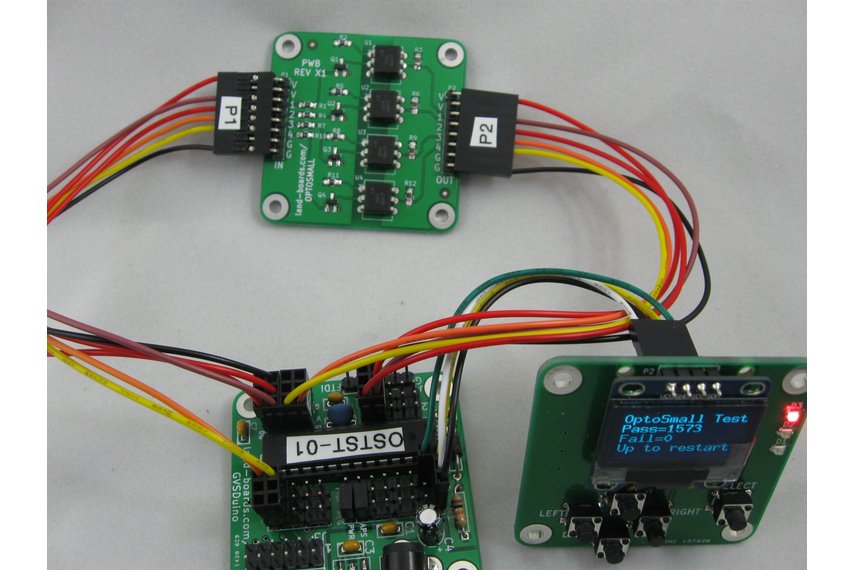
They contain a single physical isolation barrier, but provide protection equivalent to double isolation. Transformers and opto-isolators are the only two classes of electronic devices that offer reinforced protection - they protect both the equipment and the human user operating this equipment. Historically, this function was delegated to isolation transformers, which use inductive coupling between galvanically isolated input and output sides. The main function of an opto-isolator is to block such high voltages and voltage transients, so that a surge in one part of the system will not disrupt or destroy the other parts. A circuit can also incorporate high voltages by design, in which case it needs safe, reliable means of interfacing its high-voltage components with low-voltage ones. Remote lightning strikes can induce surges up to 10 kV, one thousand times more than the voltage limits of many electronic components. A slotted optical switch contains a source of light and a sensor, but its optical channel is open, allowing modulation of light by external objects obstructing the path of light or reflecting light into the sensor.Įlectronic equipment and signal and power transmission lines can be subjected to voltage surges induced by lightning, electrostatic discharge, radio frequency transmissions, switching pulses (spikes) and perturbations in power supply.

An optocoupled solid state relay contains a photodiode opto-isolator which drives a power switch, usually a complementary pair of MOSFETs. Because LEDs can sense light in addition to emitting it, construction of symmetrical, bidirectional opto-isolators is possible. The sensor can be a photoresistor, a photodiode, a phototransistor, a silicon-controlled rectifier (SCR) or a triac. The fastest opto-isolators use PIN diodes in photoconductive mode.Īn opto-isolator contains a source (emitter) of light, almost always a near infrared light-emitting diode (LED), that converts electrical input signal into light, a closed optical channel (also called dielectrical channel ), and a photosensor, which detects incoming light and either generates electric energy directly, or modulates electric current flowing from an external power supply. They attain medium data transfer speed, sufficient for applications like electroencephalography. The majority of opto-isolators on the market use bipolar silicon phototransistor sensors. Commercialization of LED technology in 1968–1970 caused a boom in optoelectronics, and by the end of the 1970s the industry developed all principal types of opto-isolators.

They are the slowest, but also the most linear isolators and still retain a niche market in audio and music industry.

Photoresistor-based opto-isolators were introduced in 1968. The value of optically coupling a solid state light emitter to a semiconductor detector for the purpose of electrical isolation was recognized in 1963 by Akmenkalns,et al.


 0 kommentar(er)
0 kommentar(er)
